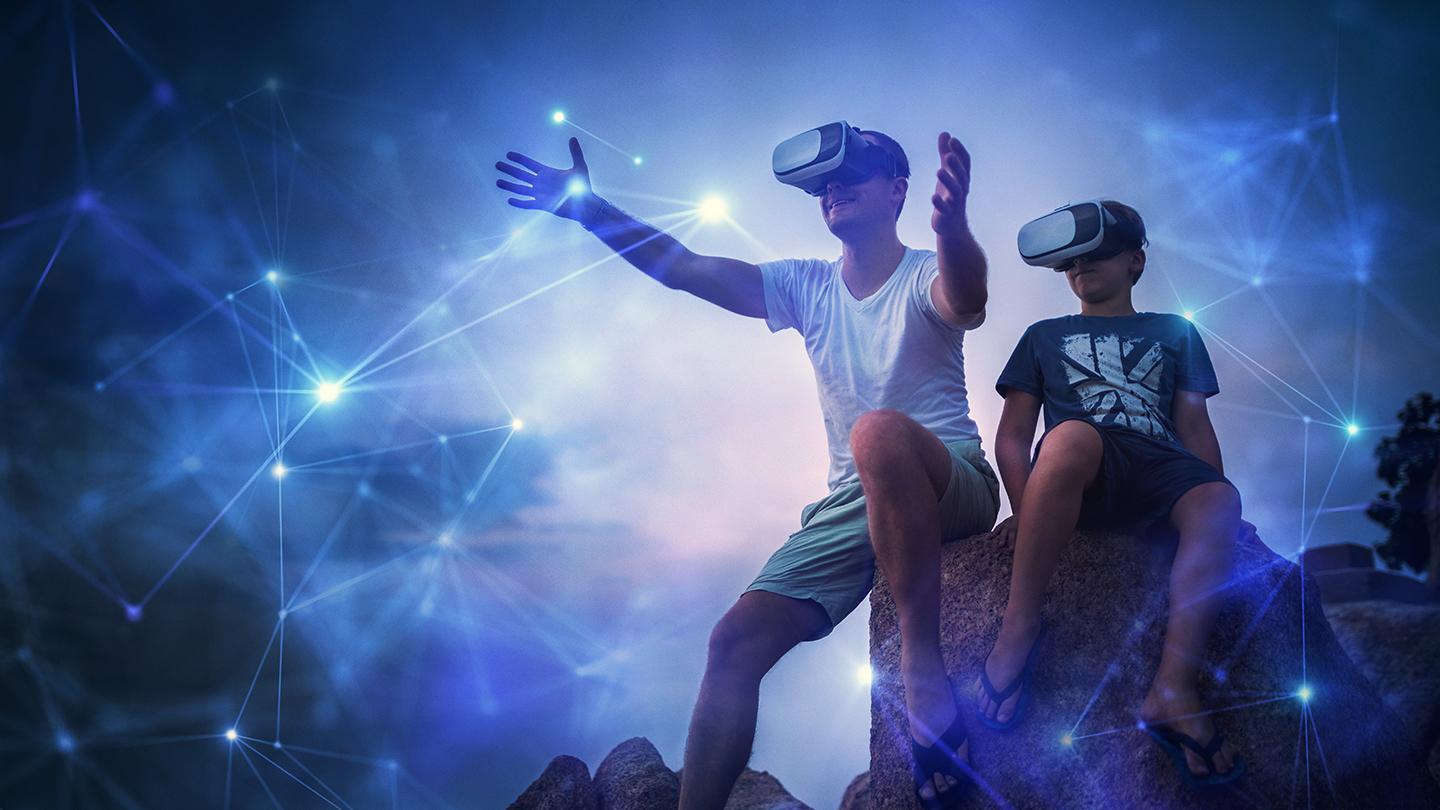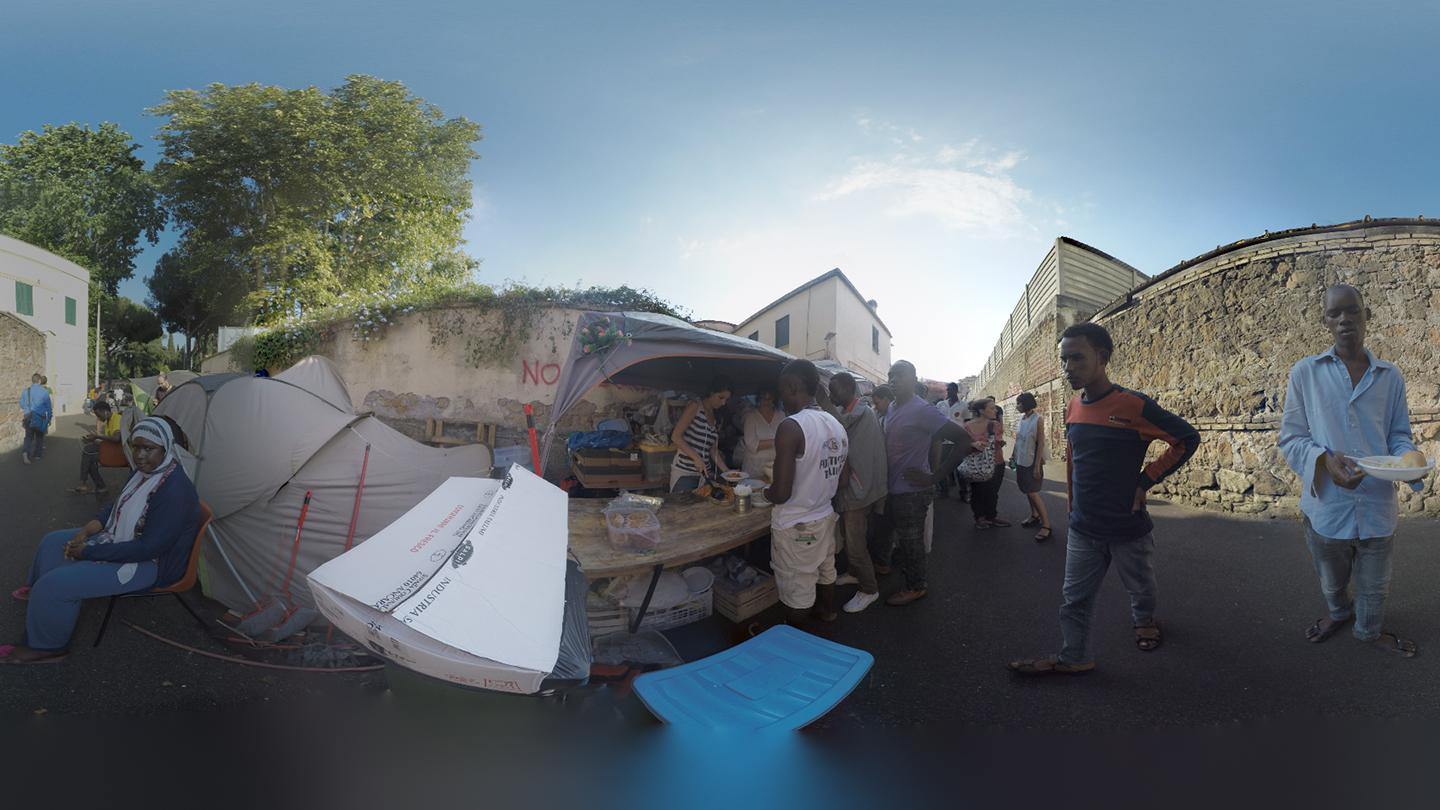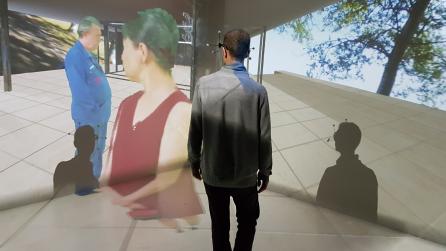More real than real: creating a feeling of 'presence' in VR
How different levels of immersion are shaping the evolution of VR experiences
What does it mean to be ‘immersed’? It’s a term creeping into almost every industry, as organisations seek a spot in the modern consumer’s content-rich diet. There are increasing levels of immersion that technology can help us imitate, but true immersion is a relative concept.
The TV in the corner of your living room may once have been considered a pretty immersive experience, but today we’ve moved far beyond that and virtual reality (VR) is providing a deeper level of immersion than anything we’ve been able to offer before.
By creating 360-degree video content we’re beginning to teleport viewers to different locations, and it’s here that VR really comes into its own. No longer are you on the sofa or at your local Odeon, you’re inside the world in which the story is developing. It’s that feeling of ‘presence’ that sets these experiences apart.
But much of the content you can watch on the internet is stuck in the monoscopic sphere, allowing viewers to look around but with a fixed, 2D point of view. Leaving that behind by delving into stereoscopic video is where things are getting interesting, and it’s why every major tech business from Sony and Samsung to Google and Facebook is investing in camera and VR headset technology.

VR of course is not the only approach, and companies are experimenting with augmented reality (AR) or ‘mixed’ reality (MR) as the likes of Microsoft have termed it. The well-worn example is Pokémon Go but that’s a very basic, novel approach which, ironically, the most hardcore users turn off to save battery life.
What its creator Niantic has confirmed, however, is the huge consumer interest in new experiences that add a virtual overlay to the world around them. Millions were caught up in the excitement, fascinated by a more immersive technology that many had never tried out before.
When full 360 video isn’t the answer: how deep is too deep?
While the development of such technologies is undoubtedly exciting and the possibilities seemingly endless, it’s important to define how deep a level of immersion is suitable for the experience you’re offering. What is it that you want to achieve? How do you want your audience to feel?
A full, 360 VR experience isn’t always the answer, and compelling, immersive experiences rely heavily on this understanding. Ask yourself: does it make sense for the viewer to be inside the action? The answer for documentary makers and news broadcasters will likely be a resounding ‘yes’. How better to evoke empathy and improve understanding of a situation than to transport someone into the scene so that they can look around and explore for themselves?
Foundry’s Cara VR software was used to streamline the creation of BMW’s stunning VR ad campaign launching the new M2 Coupé, Eyes on Gigi by Framestore. The advert sees supermodel Gigi Hadid climbing into the passenger side of one of five cars which proceed to weave in and out of each other while tearing down a runway, all filmed at 60mph in stereoscopic 360 video. Viewers are transported into the midst of the action and challenged to try and keep track of the M2 Gigi occupies, enabling them to experience the pace and thrill of an M2 ride as if it were happening around them.

Image courtesy of Radical Plans
But what about those scenarios where there’s a clear story with a beginning, middle and end? Spielberg might not like the idea of his audience missing a key part of the plot because they’re looking in the wrong direction. Film in particular follows a linear path; we pay to watch and for a world-class director to tell us where to look, what to listen to and where to go next. We pay for the art of storytelling.
Stereoscopic 360 VR is still in the early stages of implementation in the mainstream film experience and the future delivery of narrative linear content is very much open. There are techniques and tricks to define and guide attention in VR and it’s a medium that is rapidly evolving, to where transportation into the heart of a story has potential to be a more compelling experience for viewers.
What’s next for virtual reality?
Presence is something we’re always thinking about at Foundry when working with our partners to create new experiences. How can we make the viewer feel like they’re really here; like they’re present in that moment?
The ‘agency’ we have as human beings in the real world is not translated in linear or narrative-led content because we have no direct influence over what’s happening; we’re ghosts. Gaming has for many years offered open-world, ‘adaptive’ engines that allow some wiggle room to explore and progress on the player’s own terms, but the story remains linear. There’s still a beginning-middle-end structure in place.
The tectonic plates of the entertainment industries are shifting, and we will begin to see gaming and film overlap as viewers are given more freedom within the content they’re watching. Eventually we will reach the point where adaptive, non-linear experiences are widely available – worlds within which we can truly change the script; where our actions have consequences on the entire storyline.
There will always be a place for the classic linear story because delivering an experience that is compelling for the agent is ultimately subjective. The big screen has thus far proven effective in immersing audiences because sometimes we do just want to sit back, relinquish control and be taken on a journey that isn’t our own.
But we’re heading towards ‘hyper’ reality and, eventually, we’ll drop the AR and VR monikers altogether as the technologies begin to intertwine. We’ll also lose the clunky headsets and the need to plug into a powerful, static computer, as the switch between the virtual and the real world becomes easier and quicker, and ultimately more immersive.
In part two of Foundry’s Levels of Immersion series, we’ll look at the barriers to overcome if we’re to reach that point - click here to read on.


